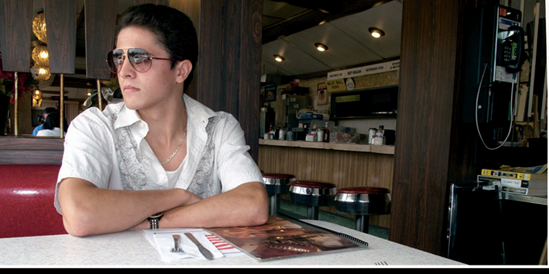Chapter VII. A Case for White Balance

In the days of film, there were different types of films and color-correction filters for shooting under various lighting conditions. There was sunny, tungsten, Fluorescent and so on. With the right film film/filter combination, a photographer could achieve perfect color ... or desired color.
Similarly, when you set the white balance on your camera, you are telling the camera that you want white to appear as white. When that happens, all the other colors in a scene should be correctly recorded.
In this chapter we'll explore white balance—a setting that you really should use even if you shoot RAW files. Find more on RAW files and white balance at the end of this chapter. Please note that not all cameras offer these options.

Individual White Balance Settings
Take the time (maybe a few seconds) to set the white balance and you'll get accurate colors in most lighting situations. Here you see (left to right, from top) the effects of choosing the following white balance settings: Daylight (Sunny), Shade, Overcast, Fluorescent, Tungsten and Flash.
"What about Manual/Custom White Balance?" you ask. Well, say you are an advertising photographer and one hundred percent accurate color is required. I'd use the Manual/Custom white balance settings, which requires ...
Get Confessions of a Compact Camera Shooter: Get Professional Quality Photos with Your Compact Camera now with the O’Reilly learning platform.
O’Reilly members experience books, live events, courses curated by job role, and more from O’Reilly and nearly 200 top publishers.

